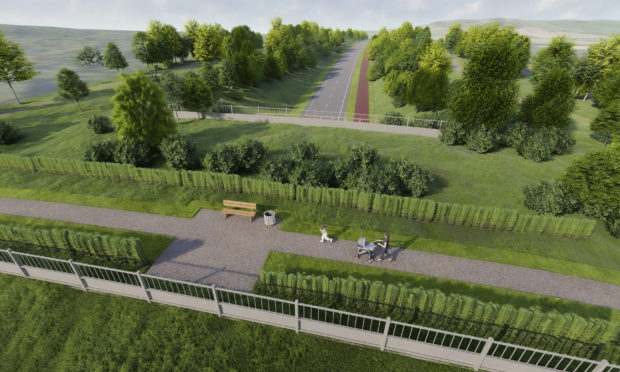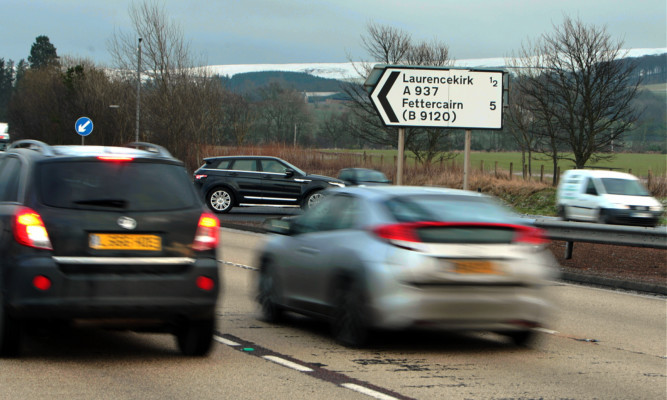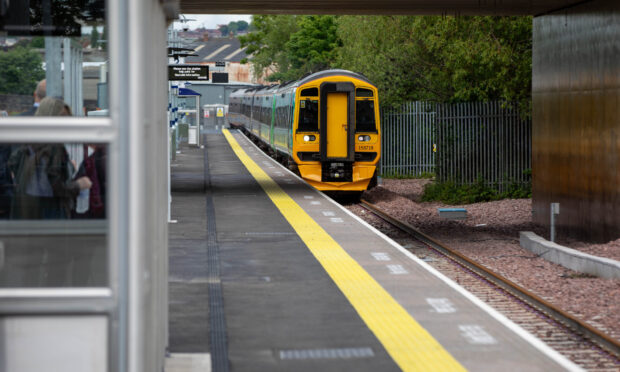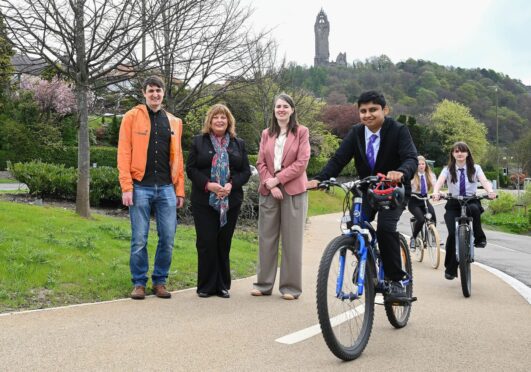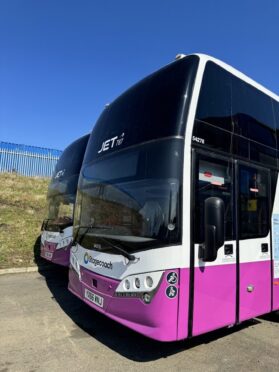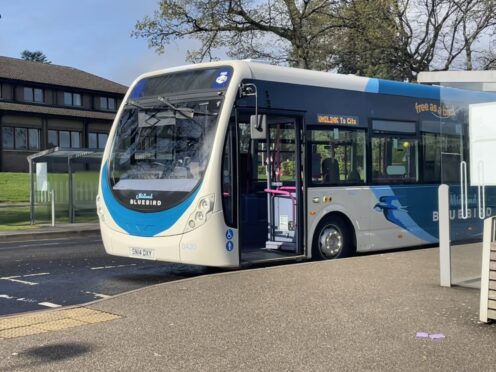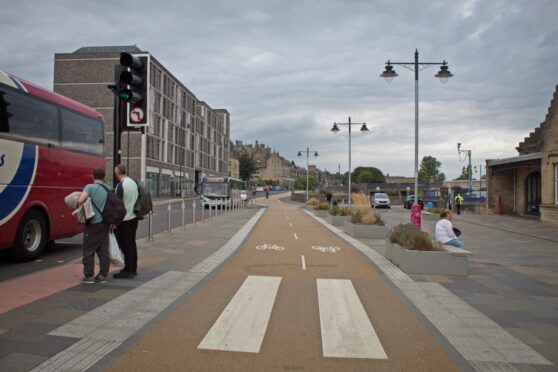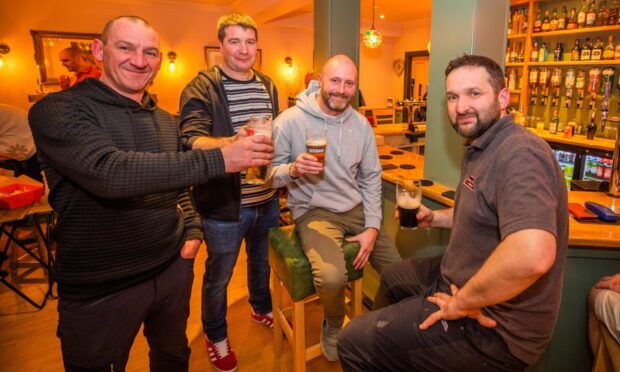A pressure group has called on Perth and Kinross Council to halt its £118m Cross Tay Link Road plan, claiming it will stimulate rather than reduce traffic.
A final decision on the controversial project was due to be made by councillors in March.
But the plan, which proposes to reduce congestion and pollution by linking the A9 to the A93 and A94 north of Scone with a new River Tay crossing, was taken off the table when the country went into lockdown.
Now the Perth Area Living Streets (PALS) group – a branch of national walking and cycling charity Living Streets – has urged the local authority to pause and review the scheme.
Using the council’s own traffic assessment, the group has concluded the development would lead to more traffic on already busy roads.
It is predicted that, in the long-term, the link road – which has been awarded £40m of Scottish Government cash – would increase traffic by as much as 50% on the A93, north of the new road.
A 36% traffic growth is also forecast on the A9, north of the Inveralmond junction.
However, PALS points out that these figures only show an increase as a direct result of the CTLR.
The group’s co-convener Dr Roger Humphrey calculates that, even without the new road, traffic will grow by around 50% by 2038 – meaning the amount of traffic on the A93 could more than double.
In a statement, PALS said: “One claim by CTLR proponents is that it will reduce traffic in the centre.
“However, if bypass roads around Dundee or Edinburgh are anything to go by, congestion will continue closer to the centre of Perth. For example, PALS’ calculations – using data from PKC’s transport statement – predicts that the Dunkeld Road, south of Inveralmond, will see a growth of traffic between now and 2038 of 2%.
“The effect of the CTLR on this is to increase traffic by 17%. Overall, the increase in traffic compared to today is 19% and that traffic will undoubtedly spread out and affect other parts of the city.”
PALS co-convener Felicity Graham said: “If officials, elected members and the public actually knew how much traffic this road is expected to create, then would we – especially at a time of huge council budget stress due to Covid – be sleep-walking into spending £78m of council money on creating more traffic instead of less?”
A council spokesman said action was needed since two of the main traffic routes around Perth – the A9/M90 and A93 A94 – currently required motorists to travel through the city centre, causing congestion in Atholl Street/Bridgend and Scone.
“It is anticipated there will be more traffic as the population grows and local economy expands,” he said.
“One of the main aims of the CTLR is motorists will be able to avoid the city centre. It is anticipated this will cause an increase in traffic in some routes (A93/A94) during peak times but will cause a significant reduction in areas currently experiencing problem by redirecting traffic away from the most congested and polluted areas of Perth.”
The spokesman added: “Measures to mitigate potential changes in traffic are currently being brought forward by the council and we are working closely with Transport Scotland to identify improvements to the Broxden and Inveralmond roundabouts to ensure a holistic approach is taken to tackling traffic problems in Perth.”
